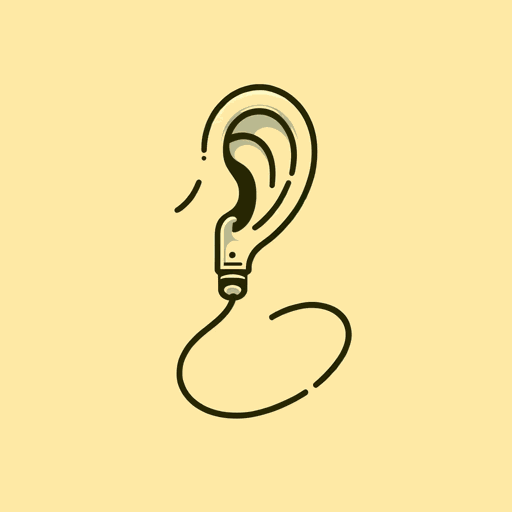78 pages • 2 hours read
Stuart GibbsSpy School
Fiction | Novel | Middle Grade | Published in 2012A modern alternative to SparkNotes and CliffsNotes, SuperSummary offers high-quality Study Guides with detailed chapter summaries and analysis of major themes, characters, and more. For select classroom titles, we also provide Teaching Guides with discussion and quiz questions to prompt student engagement.
Introduction
Teacher Introduction
Spy School
- Genre: Fiction; middle grade; adventure; espionage
- Originally Published: 2012
- Reading Level/Interest: Lexile 740L; grades 5-7
- Structure/Length: 29 chapters; approximately 320 pages; approximately 6 hours, 1 minute on audiobook
- Protagonist/Central Conflict: The book follows the story of 12-year-old Benjamin Ripley, who is recruited by a secret spy agency despite his lack of physical prowess or special talents. The central conflict revolves around Ben trying to fit into this new, dangerous world; outsmart the enemy; and save the day.
- Potential Sensitivity Issues: Violence and peril consistent with spy genre; bullying
Stuart Gibbs, Author
- Bio: Born 1969; worked as a successful screenwriter before becoming an author; writes primarily for children and young adults; best known for his FunJungle and Spy School series; worked on numerous films including See Spot Run and Repli-Kate.
- Other Works: Spy Camp (2013); Spy Ski School (2016); Evil Spy School (2015); Belly Up (2010); Poached (2014)
CENTRAL THEMES connected and noted throughout this Teaching Guide:
- Appearances Versus Reality
- Perseverance
- Individuality as a Strength
STUDY OBJECTIVES: In accomplishing the components of this Guide, students will:
- Gain an understanding of historical and scientific aspects of the Central Intelligence Agency (CIA) and cryptography that drive the plot in the novel.
- Read paired texts and other brief resources to make connections via the text’s themes of Appearances Versus Reality, Perseverance, and Individuality as a Strength.
Related Titles
By Stuart Gibbs
Featured Collections
Action & Adventure
View Collection
Action & Adventure Reads (Middle Grade)
View Collection
Appearance Versus Reality
View Collection
Books on Justice & Injustice
View Collection
Challenging Authority
View Collection
Childhood & Youth
View Collection
Community
View Collection
Daughters & Sons
View Collection
Education
View Collection
Fathers
View Collection
Fear
View Collection
Friendship
View Collection
Good & Evil
View Collection
Juvenile Literature
View Collection
Loyalty & Betrayal
View Collection
Memory
View Collection
Mortality & Death
View Collection
Order & Chaos
View Collection
Power
View Collection
Pride & Shame
View Collection
Safety & Danger
View Collection
Teams & Gangs
View Collection
Trust & Doubt
View Collection
Truth & Lies
View Collection





